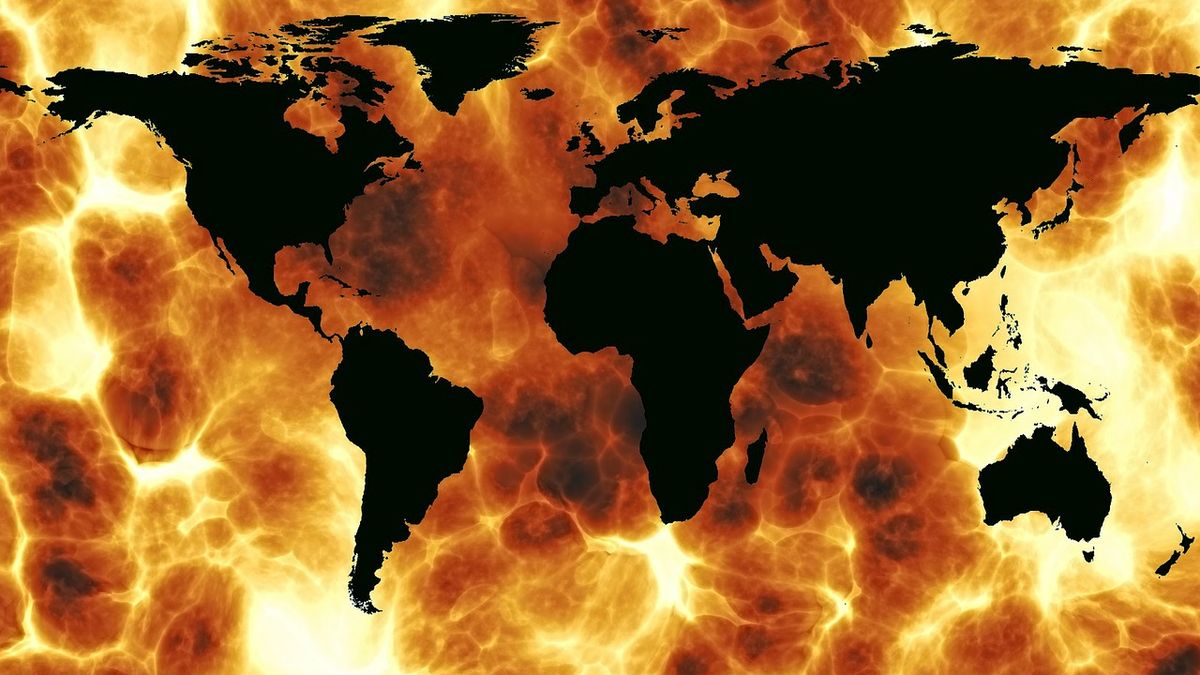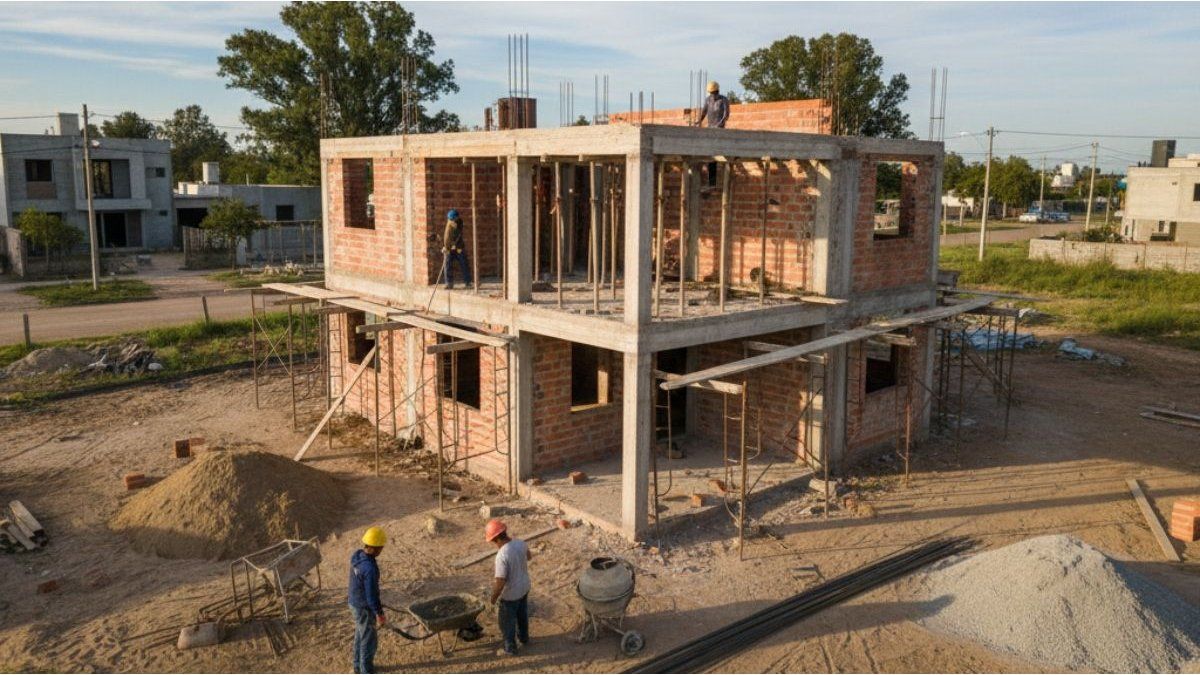He climate change and the biodiversity loss threaten the well-being of humanity and the continuity of all life forms of the planet. The number of extreme weather events in Latin America and the Caribbean went from an average of 28 per year during the period 1980-1999 to 53 per year in the period 2000-2021. The affected population increased from 4.5 to 7.2 million people per year in the same periods. The most frequent events are floods and the tropical cyclones and these, together with the droughtsare the phenomena that affect the most population each year.
Climate projections for Latin America and the Caribbean new Economy and Development Report (RED) of CAF -development bank Latin America and the Caribbean– indicate that the medium temperature during the period 2021-2040 it will be around 1°C higher than during 1985-2014.
climate-change.jpg
Among various climate changes, it is expected that precipitation decrease in the northern South Americahe Caribbean, Central AmericaPart of Amazonnortheast Brazilthe center and south of Chili and the south of Argentina. As a consequence, aridity is expected to increase in almost the entire region, with the exception of the coasts of Peru and Ecuador.
These are some of the findings and projections of the CAF publication, titled “Global challenges, regional solutions: Latin America and the Caribbean facing the climate and biodiversity crisis”whose regional launch took place in Santa marta colombia; the second most biodiverse country in the world and the first in bird diversity, and very close to the Sierra Nevada de Santa Martawhere 36% of them are located.
climate change-climate-heat.jpg
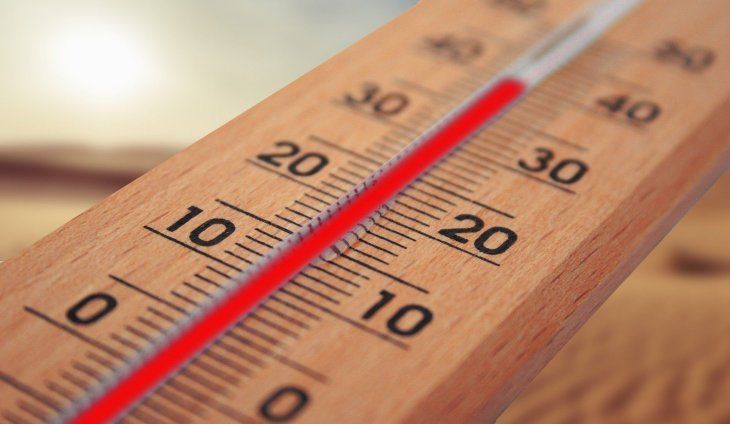
“International coordination in climate and biodiversity policy It is necessary because both are issues where the actions of each country affect the others. With this publication we want to highlight that it is necessary to integrate these policies with those that promote economic growth and the social inclusionwhich can give rise to complementarities and tensions that must be managed jointly. The world urgently needs climate, food and social solutionsthis reality is affecting us all and must be a priority in all areas, that is why from CAF We want to lead this conversation as the green bank of Latin America and the Caribbean“, he claimed Sergio Diaz-Granadosexecutive president of CAFat the opening of the event.
un climate change1.jpg
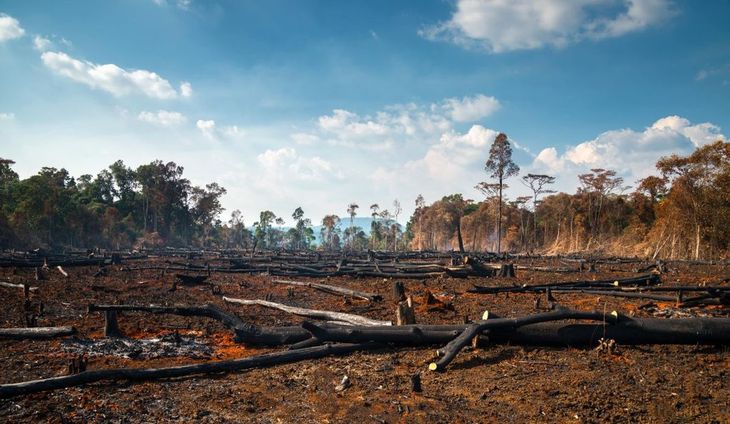
Global challenges, regional solutions
According to 2019 data, Latin America and the Caribbean contributes to the 10% of the current GHG emissionsdeveloping countries Asia and the Peaceful with the 44% and developed countries with 23%. The rest is explained Africa (9%), Eastern Europe and Central and Western Asia (6%), middle East (5%) and international transport (2%). Unlike developed countries, emissions of Latin America and the Caribbean come to a greater extent from the agricultural activitymainly because of the change in land use and, to a lesser extent, from the sectors linked to fossil energy.
The change in land useby means of the deforestationthe drainage of wetlands and the replacement of grasslands natural, is also the main direct channel through which Human activity degrades ecosystems and biodiversity in Latin America and the Caribbean. This change is strongly linked to the agricultural sector: the 35% of the region’s surface is dedicated to grazing and 16% to crops, while human settlements occupy the 4% of the territory, and the Four. Five% It is preserved in a semi-natural or natural state.
climate change.jpg
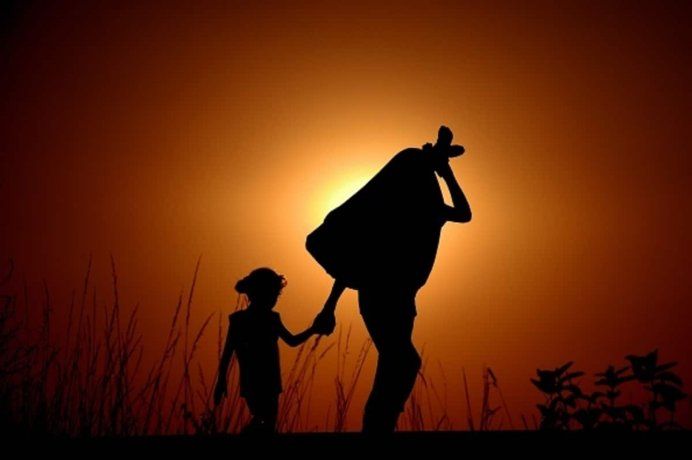
AFP
Latin America and the Caribbean preserves 9.3 million km2 of forestswhich cover a 46% of its territory and represent a quarter of the world’s forests. The forests of the region contribute each year to the climate change mitigation with the capture of 1.1 GtCO2eqthey house a enormous biodiversity and offer important Ecosystem services to the population at the local and regional level. Therefore, the challenge of stopping deforestation is crucial. For this it is necessary strengthen the sustainability of the agricultural sector of the region through a credible commitment to stop the growth of the agricultural frontier, the increase in agricultural productivity and the use of sustainable practices in this sector.
He GRID presents a menu of policy proposals around the objectives of adaptation, mitigationpreservation of natural capital, strengthening regional coordination and taking advantage of the opportunities derived from the global energy transition. Among them are practices of sustainable agriculturesolutions based on natureinvestments in adaptation infrastructure, policies for risk management disasterspolicies for regenerate and preserve ecosystemsand promotion of renewable energy sources.
climate change photo.jpg

Pixabay
“Climate adaptation has costsbut it also has positive synergies with the social inclusion and the economic growth. This is because it allows avoid losses; For example, early warning of a heat wave can save lives. In addition, it has economic benefits due to the risk reduction -for example, building infrastructure to prevent flooding increases the value of floodable land- or to the technological innovation -for example, introducing drip irrigation to address water scarcity while improving agricultural productivity. They may also exist social and environmental benefits; for example, due to the protection of natural resources that provide valuable ecosystem services, as well as the eventual monetization of forest resource preservation efforts. Furthermore, our region can capitalize on the economic benefits of its reserves of natural gas and critical minerals contributing at the same time to the global decarbonization during the process of energy transition“, he claimed Ernesto Schargrodskyco-author of RED23 and director of Socioeconomic Research at CAF.
co2.jpg

Pixabay
The carbon credit markets They are a tool to finance the conservation and regeneration of ecosystems of the region with high potential: if integrated into national carbon pricing schemes, they allow greater flexibility and efficiency for achieve national mitigation objectives; If, however, they are sold in international markets, the compensation serves to generate monetary resources.
climate change clock.jpg

Pixabay
CAF leads the Latin American and Caribbean Regional Carbon Market Initiative (ILACC)which has the involvement and participation of 13 development banks in the region, which seeks to promote the development of voluntary marketcovering aspects such as capacity building, regulation, incentives, transparency mechanisms, financing and co-financing of projects, distribution of resources and access to markets, which contribute to a successful relationship between suppliers and buyers at a global level of carbon credits generated in the region.
The regional launch of GRID was carried out in the José Benito Vives de Andráis Marine and Coastal Research Institute (Invemar)and was attended by María Susana Muhamad GonzálezMinister of Environment and Sustainable Development of Colombia; Sergio Diaz-Granadosexecutive president of CAF; Axel Schmidt Graelmayor of Niteroi, Brazil; Christian Asinellicorporate vice president of Strategic Programming at CAF; Sandra VilardyVice Minister of Environmental Policies and Standardization of Colombia; Fabio Arjona, dexecutive director of Conservation International; Pablo Marquetprofessor at the Catholic University of Chile; Pablo Brassiolo and Ricardo Estradachief economists of CAF and editors of RED23.
Source: Ambito

